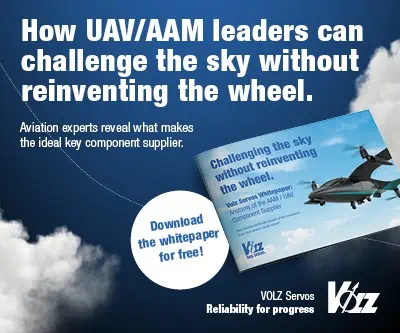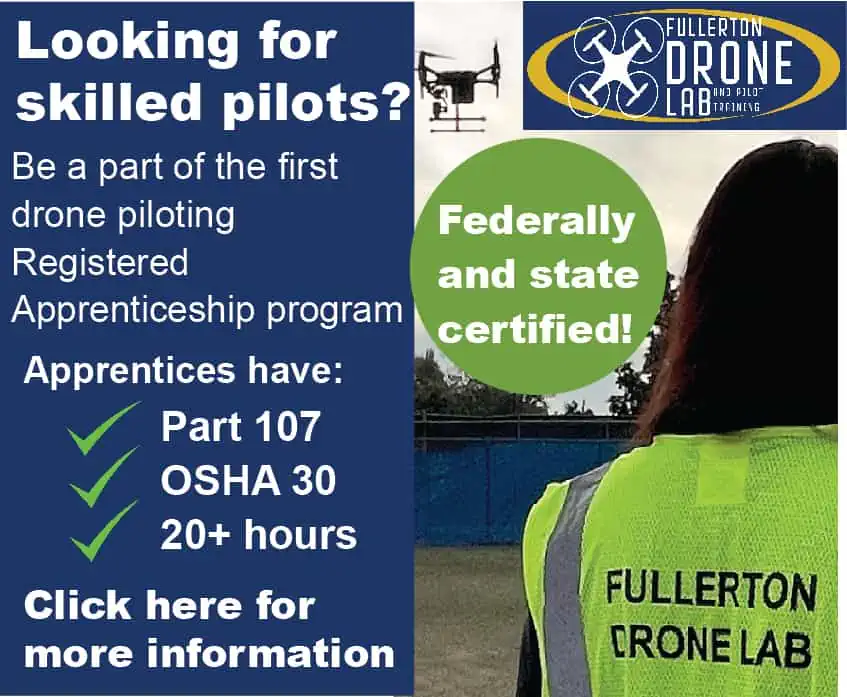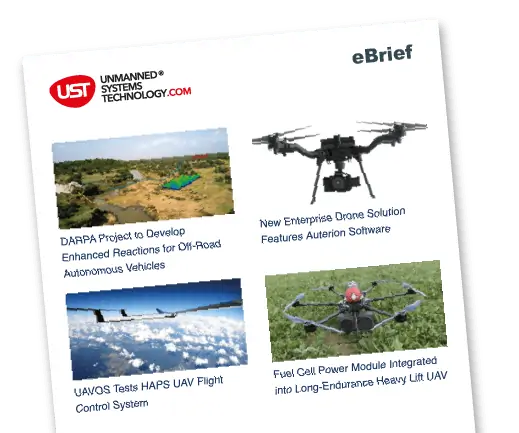In this article, ePropelled highlights the importance of investing in safety and reliability when designing and manufacturing UAVs and their components in order to avoid engine or mechanical failure.
As is the case with many emerging and new technologies that become quickly and widely adopted, regulations surrounding them tend to be slow and struggle to catch up. There are no overarching standardized policies or guidelines (1) that govern the safe use and operation of civilian drones. Some regulations are also hard to enforce (how do you ensure that every civilian user keeps their drone below a certain altitude?).
Failure is very much an option
Although comprehensive, global data is not easily available, there are some statistics from which we can extrapolate valuable information. For example, according to FAA, almost 5,000 incidents were reported between 2014 and 2017 (2). But there are also detailed statistics available about military drone accidents. For example, between 2009 and 2018, there were 250 military UAV accidents (3) around the world. Their causes were documented and inform us that most of the crashes happened when the UAV was in the air due to engine or mechanical failures.
A 2021 paper on the subject was even more specific, listing the main causes of UAV accidents and incidents (4):
- Pilot’s loss of awareness of the UAV
- Component failures
- Partial failure or loss of navigation system
- Improper structural integrity
- Turbulence
- Collisions with obstacles and barriers
Three of these (marked in bold) are linked to the mechanical reliability of the machine.
And this is the crux of the matter. Pilot error and/or collisions are something that UAV designers and manufacturers can’t really fix directly. But component failure is something they can address, thereby making UAVs safer and more reliable.
Complications
The various uses for UAVs and their flight parameters complicate matters further. For any possible flight there are, among others, different:
- Conditions
- Environments
- Altitudes
- Pilots
- Sensors
- Payloads
To allow UAVs to perform optimally under any of those conditions, their components are becoming more complex and the number of parts and lines of software increases. This makes it more challenging to test and ensure reliable operation. New technologies keep being developed, promising improved performance and prompting an arms race of sorts among manufacturers.
For example:
- New cooling technology can enable UAVs to fly higher in thinner air where cooling is a challenge.
- Improved thrust-per-weight ratio can help UAVs meet more challenging mission parameters.
- Smarter systems that use standards-based CAN provide access to all sensor data, helping users adjust and optimize performance.
- There are techniques that extend the life of bearings
- High temperature sensors can prevent windings from burning up
- High temperature magnets in the motor will prevent demagnetization due to heat
- Allowing for higher voltages in case of voltage spikes can protect the drive system
Bringing these (and other) options to market and ensuring that they are thoroughly tested and available to manufacturers can help with reliability problems.
Keep on flying
Reliability of the UAV overall mechanical system and its components is not only tied to safety but also to overall performance, availability, and therefore, user satisfaction. That doesn’t only mean civilian users. Companies and organizations that increasingly adopt drones (whether it’s delivery, entertainment, science, or military) have to rely on their machines to conduct their business.
What’s more, this is a self-propelling success story. The more reliable the drones are and the more flight time they have, the more they will be used and relied on by businesses and civilian customers alike.
With the technology continuously making strides, it is worth investing in high-quality stronger materials, improved systems, and better reliability because it’s possible for drones to:
- Fly for longer,
- Be safer (5), and
- Fly more (with a growth from 90% to 95% availability).
In fact, not only is it possible, it is necessary and the technology exists to make that happen. It is more than worth it to invest in reliability because the alternative is not only unsafe, it’s bad for business.
(1) https://ieeexplore.ieee.org/document/8695695/footnotes#footnotes
(2) https://www.insurancejournal.com/news/national/2017/12/08/473529.htm
(3) https://dronewars.net/wp-content/uploads/2019/06/DW-Accidents-WEB.pdf
(4) https://www.mdpi.com/1424-8220/21/24/8253
(5) https://www.bostonglobe.com/2022/04/11/business/amazons-drone-delivery-program-is-hit-by-crashes-safety-concerns/


















